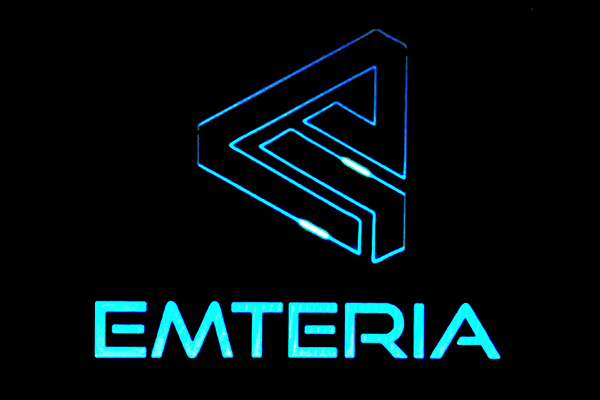As embedded processors targeting different market segments, the Synaptics VS680 and Qualcomm Snapdragon 888 represent distinct approaches to modern computing. This analysis evaluates their architectures, benchmarks, and real-world performance across key metrics.
- Synaptics VS680: A high-performance SoC designed for smart display devices, integrating AI capabilities, multimedia processing, and edge computing. It targets applications like smart displays, interactive systems, and AI-driven multimedia devices.
- Qualcomm Snapdragon 888: A flagship mobile processor designed for premium smartphones, focusing on high-performance computing, gaming, and 5G connectivity.
Key Specifications Comparison
| Feature | Synaptics VS680 | Snapdragon 888 |
|---|---|---|
| Process Node | 12nm FinFET | 5nm Samsung (5LPE) |
| CPU | Quad Cortex-A73 + Quad Cortex-A53 | 1x Cortex-X1 + 3x Cortex-A78 + 4x Cortex-A55 |
| GPU | Imagination GE9920 | Adreno 660 |
| NPU | 6 TOPS (INT8/INT16/FP16/BFP16 support) | Hexagon 780 (26 TOPS) |
| Memory Support | LPDDR4X @ 2133MHz | LPDDR5 @ 3200MHz |
| Display Support | 4K UHD, H.264/H.265, MIPI, HDMI, VBYONE | 4K @ 60Hz, HDR10+ |
| AI Capabilities | Edge AI for vision, audio, and voice | AI Engine for camera, gaming, and voice |
| Power Efficiency | Optimized for low-power edge devices | Optimized for high-performance mobile |
Performance Analysis
A. CPU Performance
- VS680: Quad Cortex-A73 (high-performance) + Quad Cortex-A53 (efficiency) provides a balanced approach for multimedia and edge computing tasks. Suitable for sustained workloads in smart displays and IoT devices.
- Snapdragon 888: The Cortex-X1 core delivers superior single-thread performance, ideal for burst tasks like gaming and app launches. Multi-core performance is also stronger due to the advanced A78 cores.
B. GPU Performance
- VS680: Imagination GE9920 GPU supports OpenGL ES 3.2, Vulkan 1.1, and OpenCL 2.0, suitable for 4K display rendering and light gaming.
- Snapdragon 888: Adreno 660 GPU outperforms with 35% faster graphics rendering, making it better for high-end gaming and AR/VR applications.
C. AI and Edge Computing
- VS680: Integrated 6 TOPS NPU supports edge AI applications like voice recognition, vision processing, and multimedia optimization. Ideal for smart displays and interactive systems.
- Snapdragon 888: Hexagon 780 AI Engine with 26 TOPS provides superior AI performance for camera enhancements, gaming, and voice assistants.
D. Multimedia and Connectivity
- VS680: Supports 4K UHD video decoding, MIPI-CSI2 for camera input, and Synaptics’ far-field voice processing. Optimized for multimedia-rich edge devices.
- Snapdragon 888: Supports 8K video recording, advanced camera ISPs, and 5G connectivity, making it ideal for flagship smartphones.
4. Use Case Comparison
| Application | VS680 Advantage | Snapdragon 888 Advantage |
|---|---|---|
| Smart Displays | ✔️ Optimized for 4K UHD, edge AI, and low power | ❌ Overkill for display-only devices |
| Smartphones | ❌ Limited performance for mobile apps | ✔️ Superior CPU/GPU for gaming and 5G |
| IoT and Edge Devices | ✔️ Low power, edge AI, and multimedia support | ❌ Higher power consumption |
| Gaming and AR/VR | ❌ Limited GPU performance | ✔️ Adreno 660 and advanced AI Engine |
5. Conclusion
- Synaptics VS680 excels in edge computing and multimedia applications, offering a balanced performance for smart displays and IoT devices. Its low power consumption and integrated AI capabilities make it ideal for edge-based solutions.
- Snapdragon 888 is a powerhouse for mobile devices, delivering top-tier CPU/GPU performance and advanced AI capabilities. It is better suited for flagship smartphones and high-performance gaming.
Final Recommendation: Choose VS680 for edge computing and smart display applications, and Snapdragon 888 for mobile devices requiring high performance and 5G connectivity.

